Nigredo
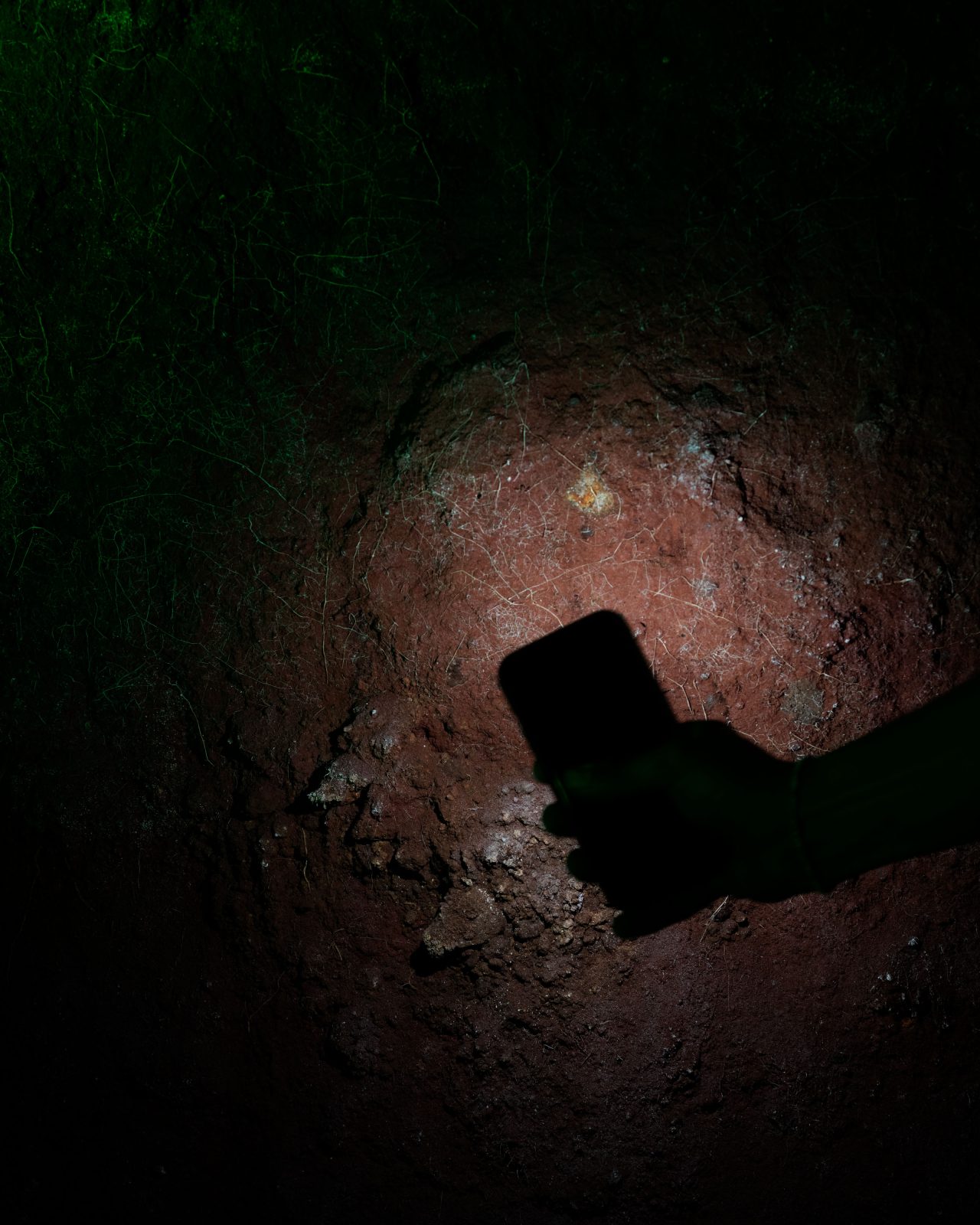

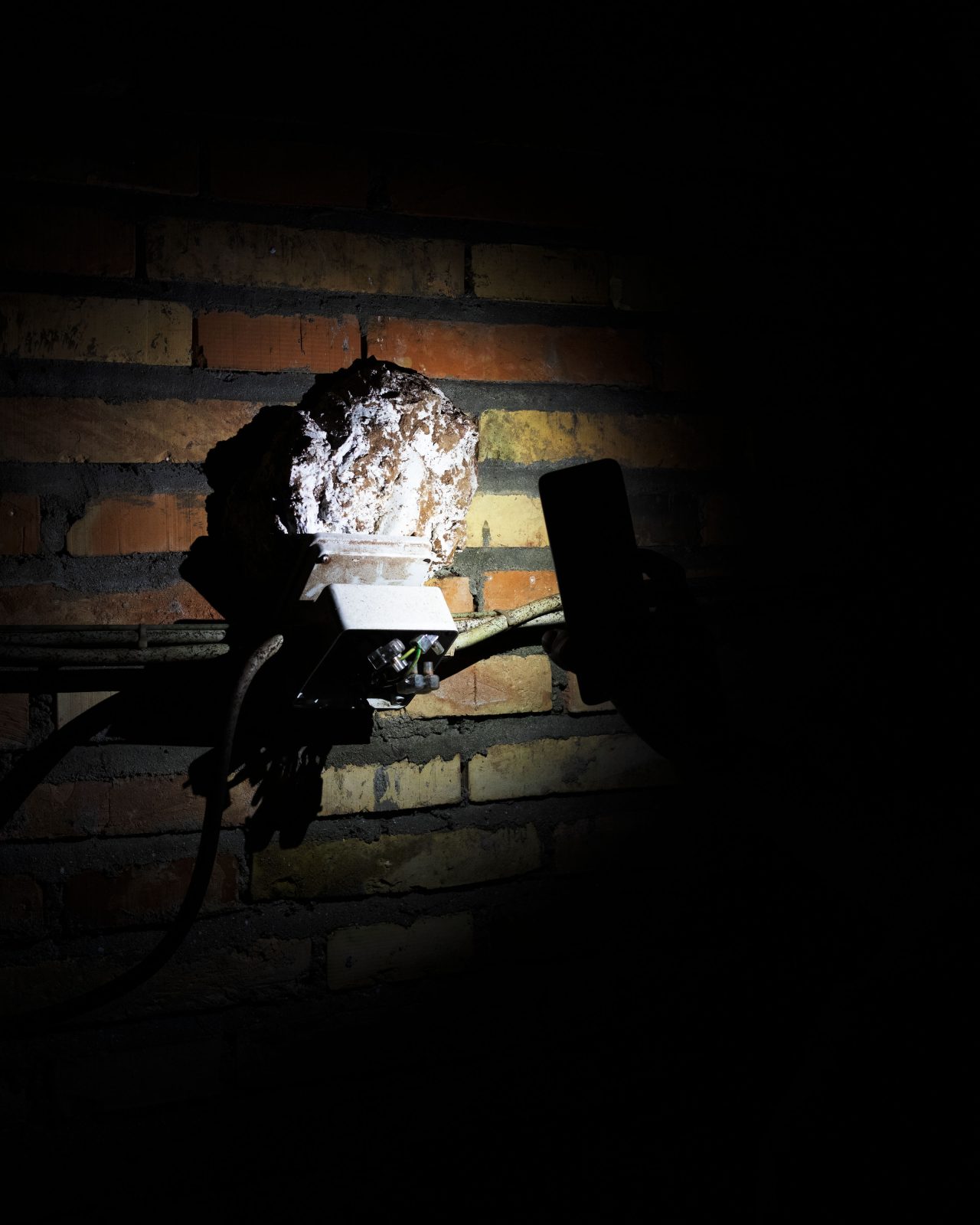
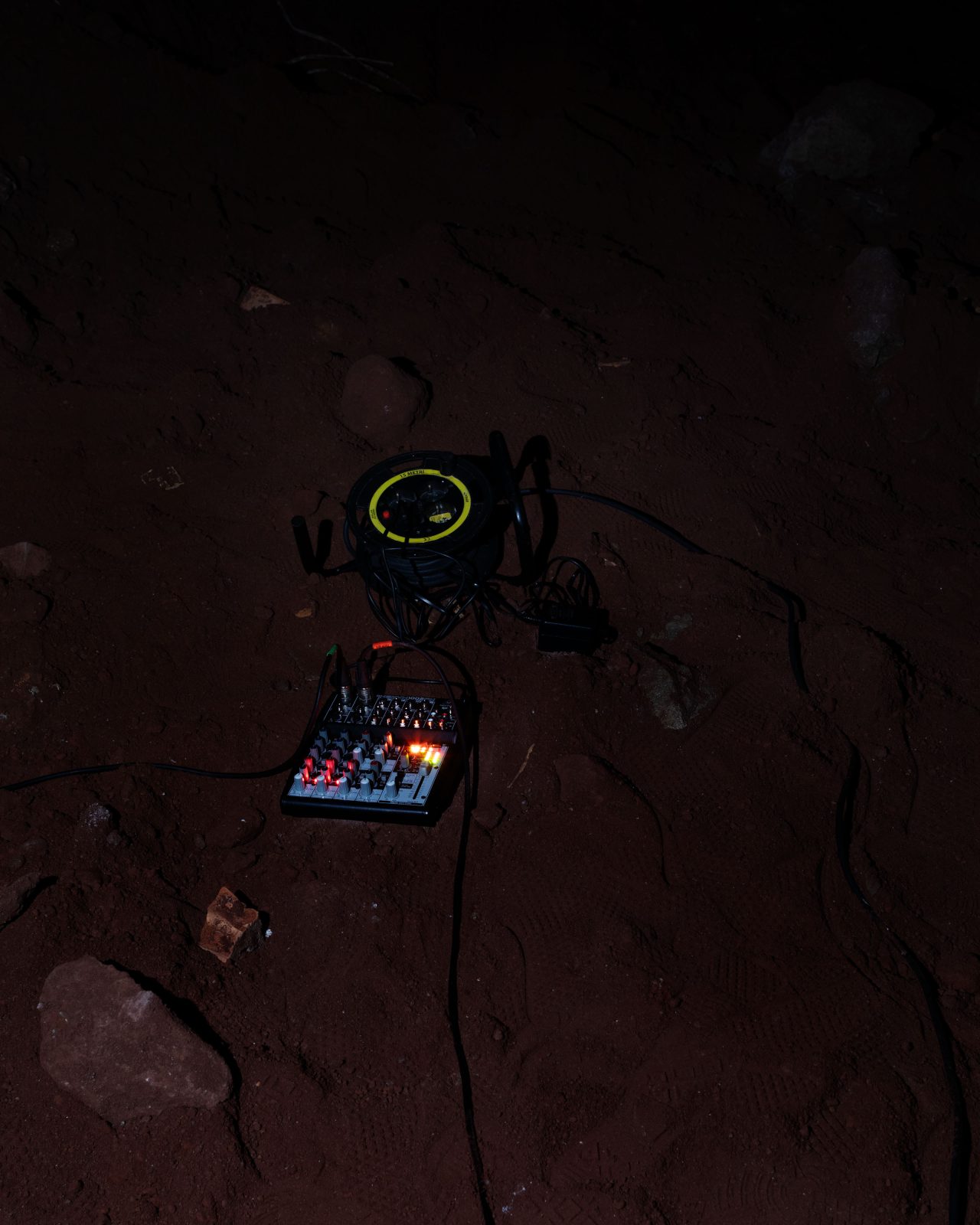
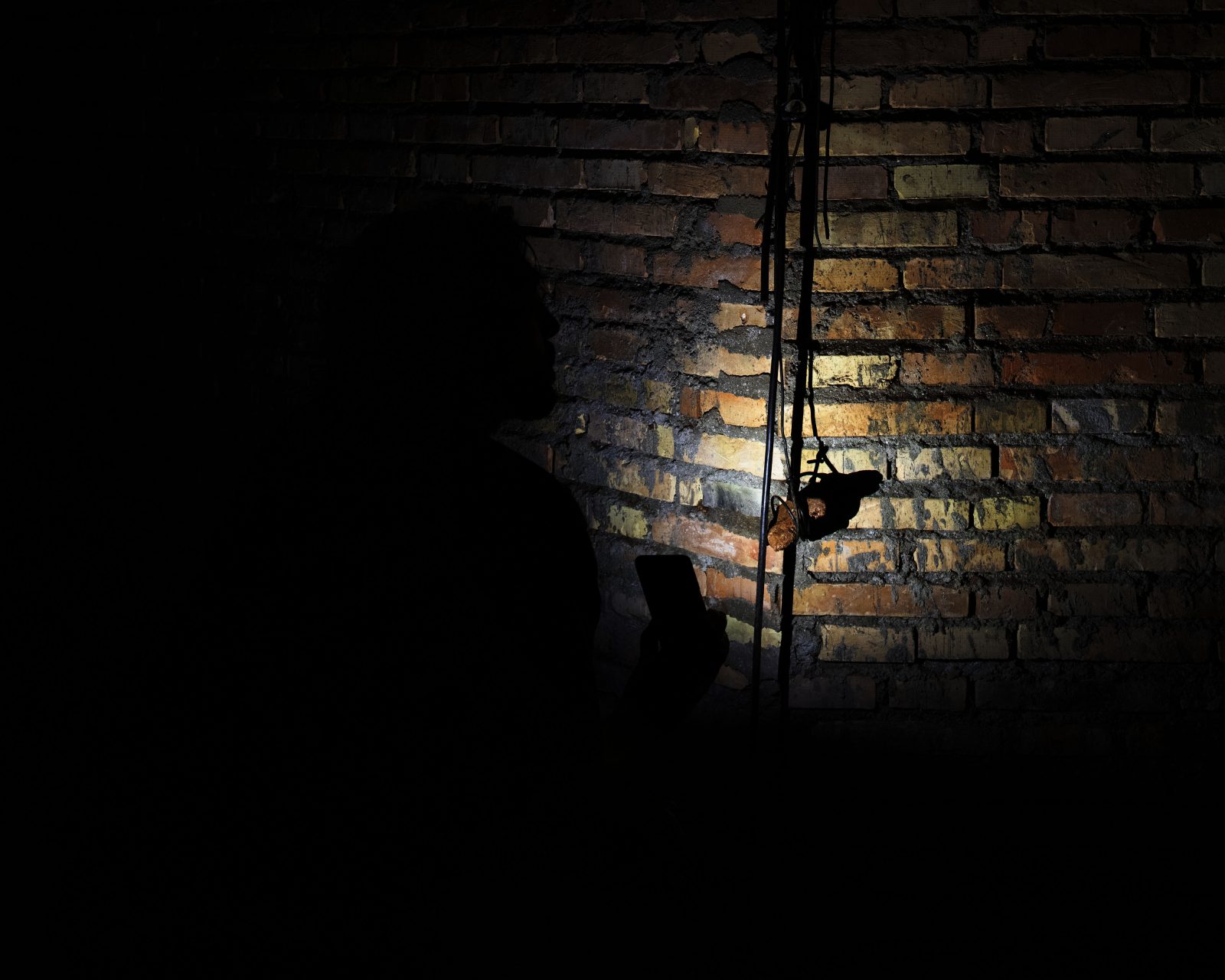
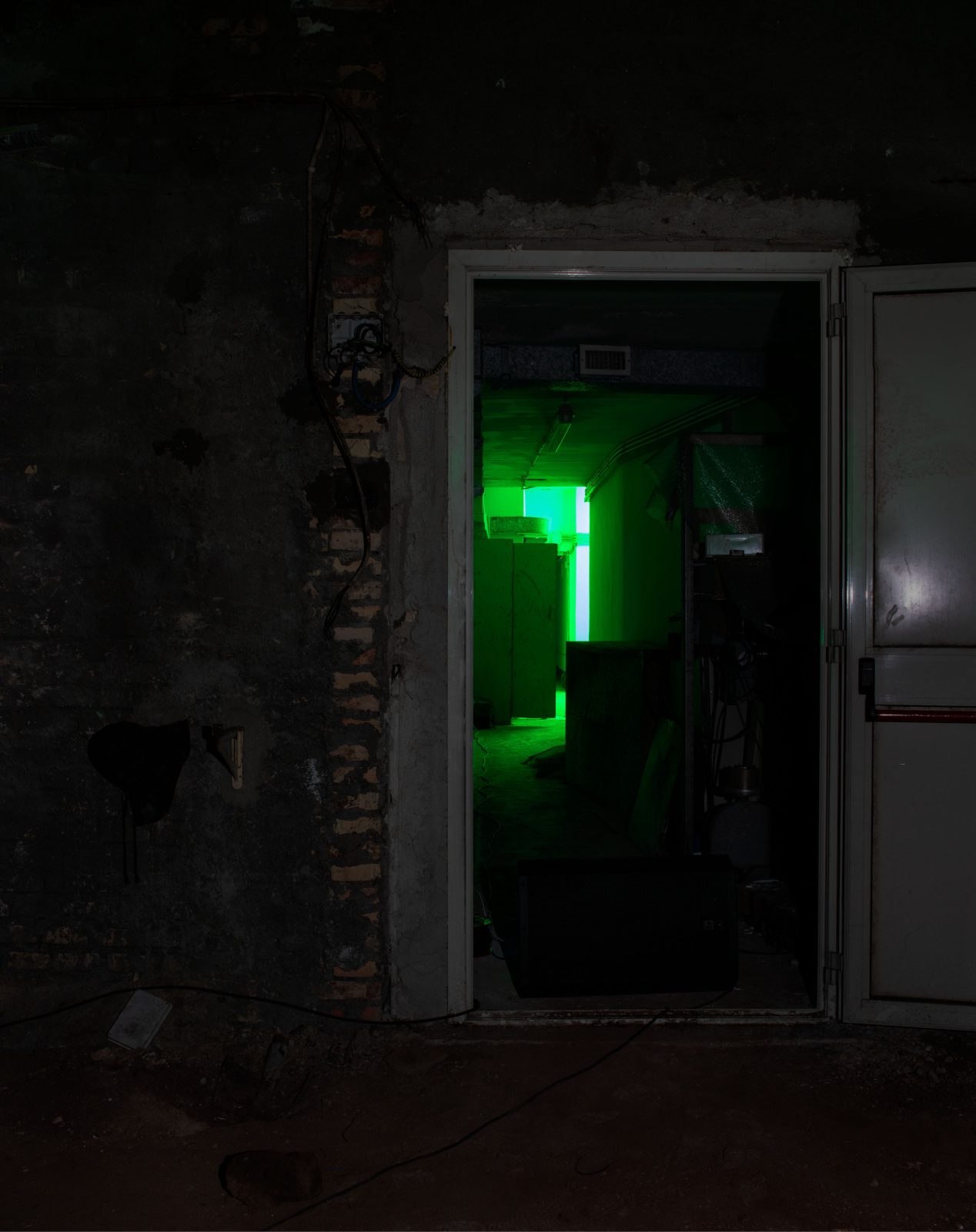


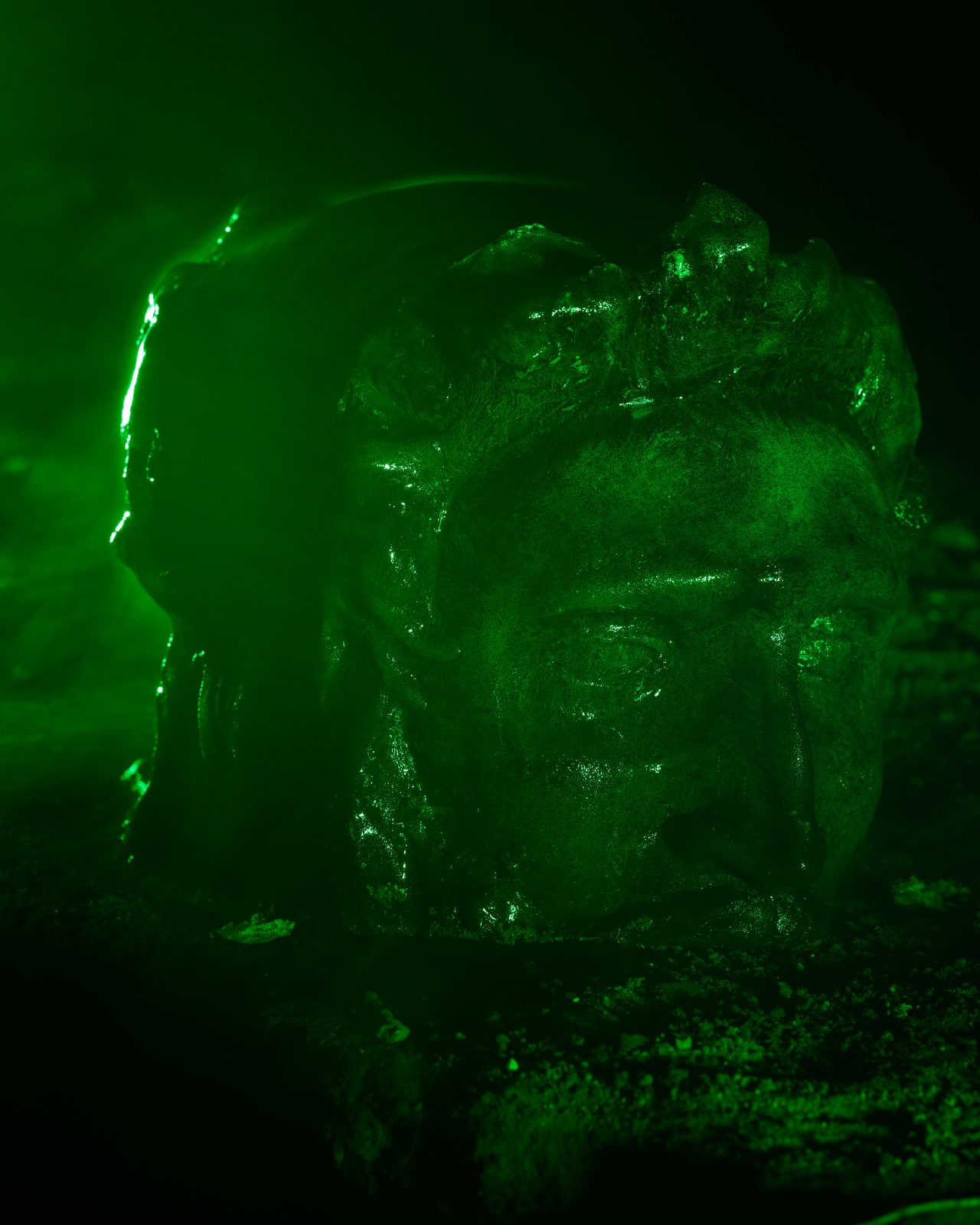
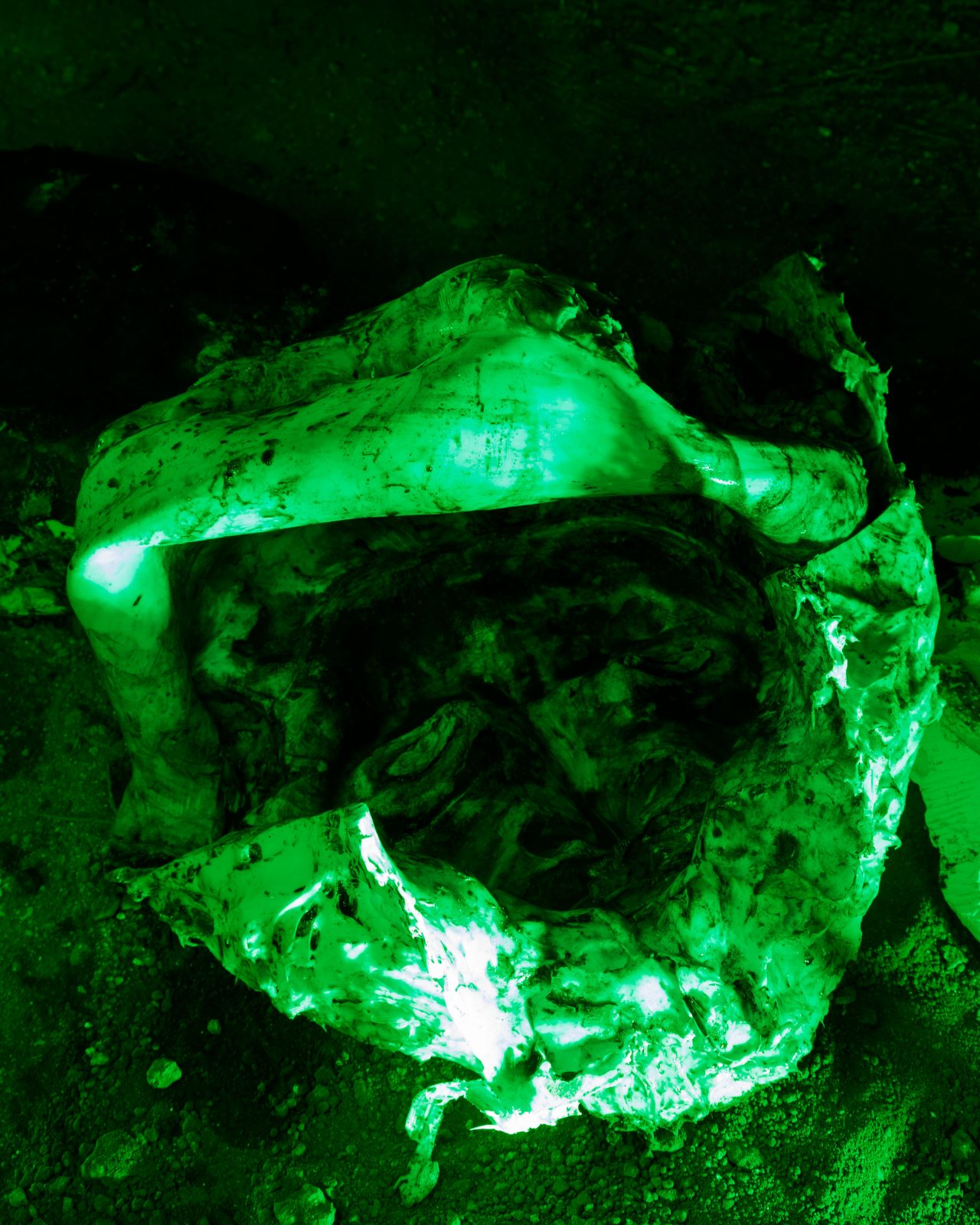
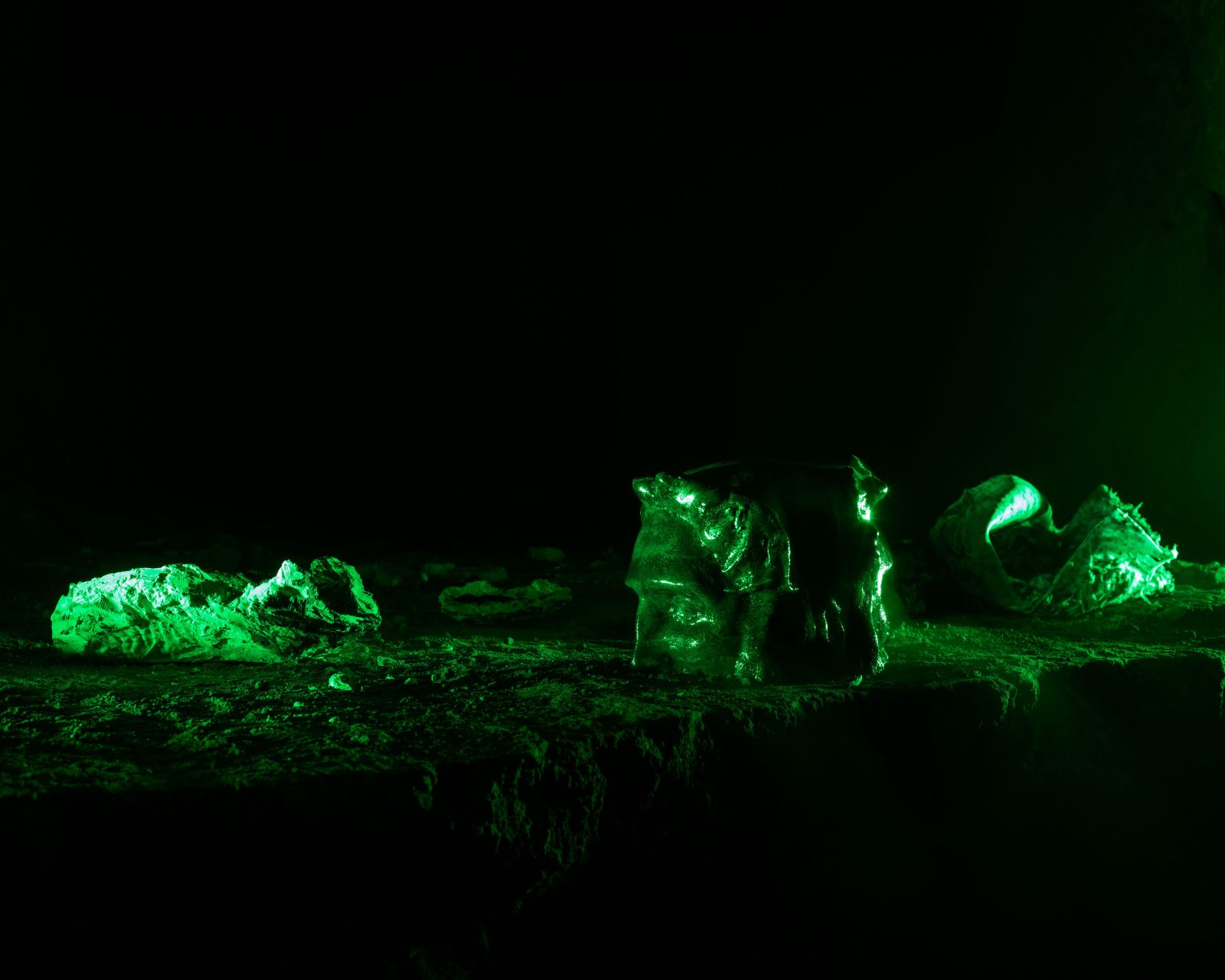
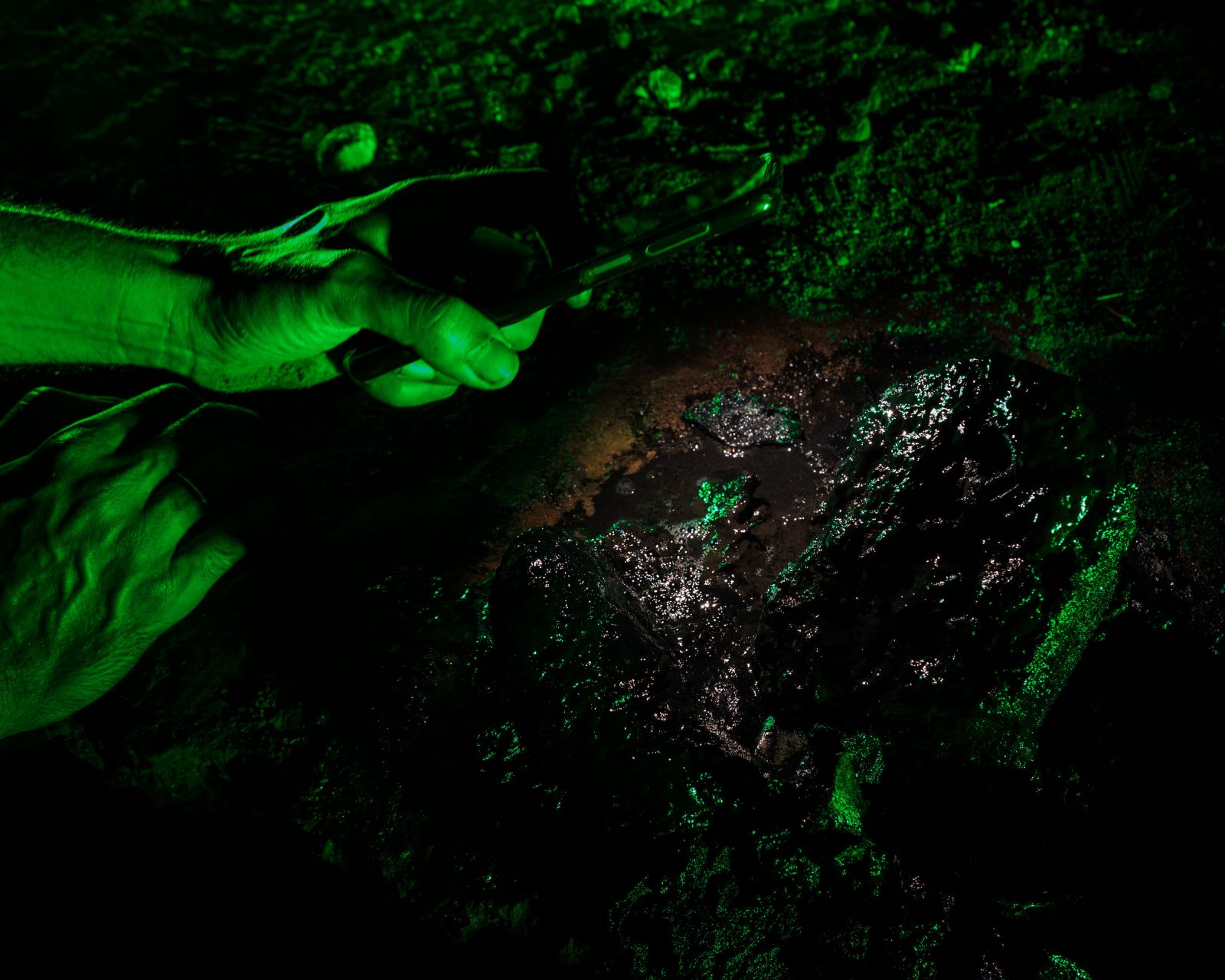
Nigredo, curated by Miniera (the curatorial duo Giuseppe Armogida and Marco Folco), unfolds in the subterranean spaces of IT’S Hub in Rome, a former air-raid shelter. The project operates across disciplines, engaging anthropology, philosophy, astronomy, and archaeology, and centers on the human experience of darkness on the day dominated by light: June 21st, the summer solstice.
The project finds its conceptual basis in Georges Didi-Huberman’s essay Survival of the fireflies which reconfigures the function of light in political and critical terms. Rather than assuming light as a neutral medium for visibility, Didi-Huberman suggests that it can act as a force shaping perception, social order, and survival strategies. Nigredo translates this insight into the spatial and performative realm, emphasizing obscurity, selective illumination, and the fragility of human presence in environments that resist total visibility. Darkness becomes not mere absence, but a condition to perceive thresholds, uncharted paths, and emergent possibilities.
The title references the alchemical stage of nigredo, the first phase of transformation characterized by blackness. This initial state marks dissolution, a necessary prelude to change and regeneration. Within the underground setting, human presence feels suspended, appearing fragmented and transient, prompting reflection on the decline of anthropocentric frameworks and the impermanence of existence. The space is not altered; instead, it retains its raw materiality. Long tunnels carved from tuff, the rough earth floor, and hidden chambers act as silent witnesses, emphasizing the endurance of place over the fleeting imprint of humans.
Visitors navigate with minimal light, relying on the soft glow of smartphone torches. Faint greenish illumination hints at side passages, suggesting paths beyond immediate perception and inviting engagement with the unknown. Movement through these subterranean corridors becomes both exploratory and contemplative, highlighting the interplay between human action, uncertainty, and spatial perception.
Sound plays a critical role in shaping the environment. Harsh, unsettling noise-based soundscapes, composed in situ in collaboration with Luca Baioni, punctuate the journey. These sonic layers guide attention, disrupt familiarity, and create a tension between anticipation and discovery, reinforcing the thematic focus on dissolution and transition.
At the culmination of the experience, the remains of a Two-Faced Janus, cast in black ice, occupy the space as a symbol of thresholds and transformation. Gradually disintegrating, the figure embodies the impermanence of humanity and the potential for radical change.